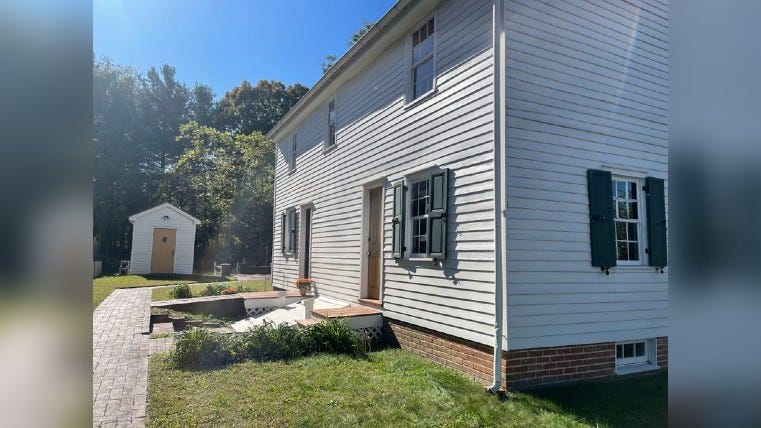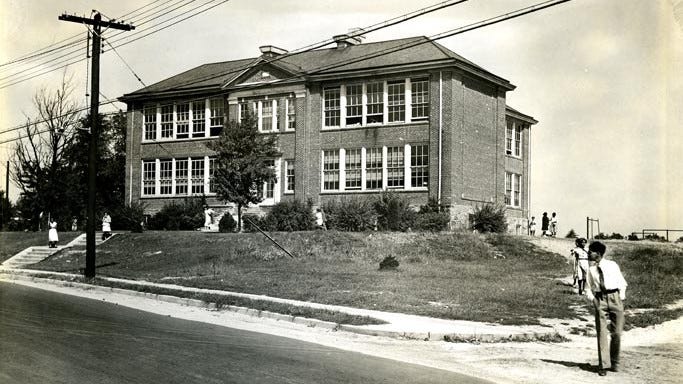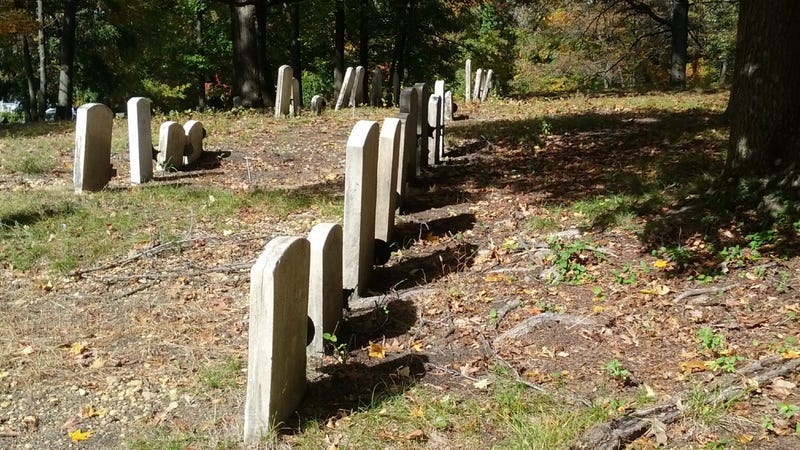
LAWNSIDE, N.J. (KYW Newsradio) — Linda Shockley is dedicated to preserving Black history, not just in the month of February, but every day of the year.
Though many people may not be familiar with it, the community of Lawnside, New Jersey — right across the bridge from Philadelphia in Camden County — is rich with the relics of nearly 100 years of history and truth.
“This community was organized in the early 19th century. We have people here who trace their families to folks who escaped along the Underground Railroad from slavery,” she said.
For more than 30 years, Shockley has helped lead the Lawnside Historical Society, a nonprofit dedicated to protecting, preserving and maintaining the Peter Mott House in Lawnside which was a stop along the Underground Railroad.
The house belonged to African Methodist Episcopal preacher Peter Mott and his wife Elizabeth, who provided enslaved people with refuge during the years before the Civil War.
“Lawnside was incorporated by the Legislature in 1926 and became, at that point, the only incorporated African American municipality north of the Mason-Dixon Line. So that's a milestone in itself,” Shockley said.

Those who settled in Lawnside had a strong African Methodist Episcopal Church around them, she said, as well as proximity to Quakers who had released people who they had enslaved and who became very active abolitionists.
“Other communities are in the South — Mississippi and Florida and North Carolina. And then you look further to the west to places like Nicodemus, Kansas, and so on. But we're pretty singular in that we're a self-governing community of African Americans dated to 1926.”
Shockley calls the Peter Mott House "one of the few towering monuments of the era" that celebrates freedom, rather than enslavement and bondage.
“It stands tall, by comparison to some of the monuments that memorialized enslavers, and people who oppose freedom,” she said. “And so it's really important that we keep it alive and that we think about different ways that we can use it.”
That mission has come with its share of challenges. The house is 176 years old, and the Historical Society still has $50,000 to raise in order to meet their goal for essential repairs. Shockley says they’re hopeful that, with help, they will be able to keep the house around for generations.
“We're grateful to have historical markers and signs on the grounds, but we want the grounds there,” she said.

That includes Mount Peace Cemetery, a resting place for over 100 Civil War soldiers, as well as a beautiful, classical brick elementary school, built in 1950, where generations of people went to school.
“So, these things are all around us,” Shockley said, “but if we don't tell these stories, then there's a possibility that this history could be erased for generations to come.”

